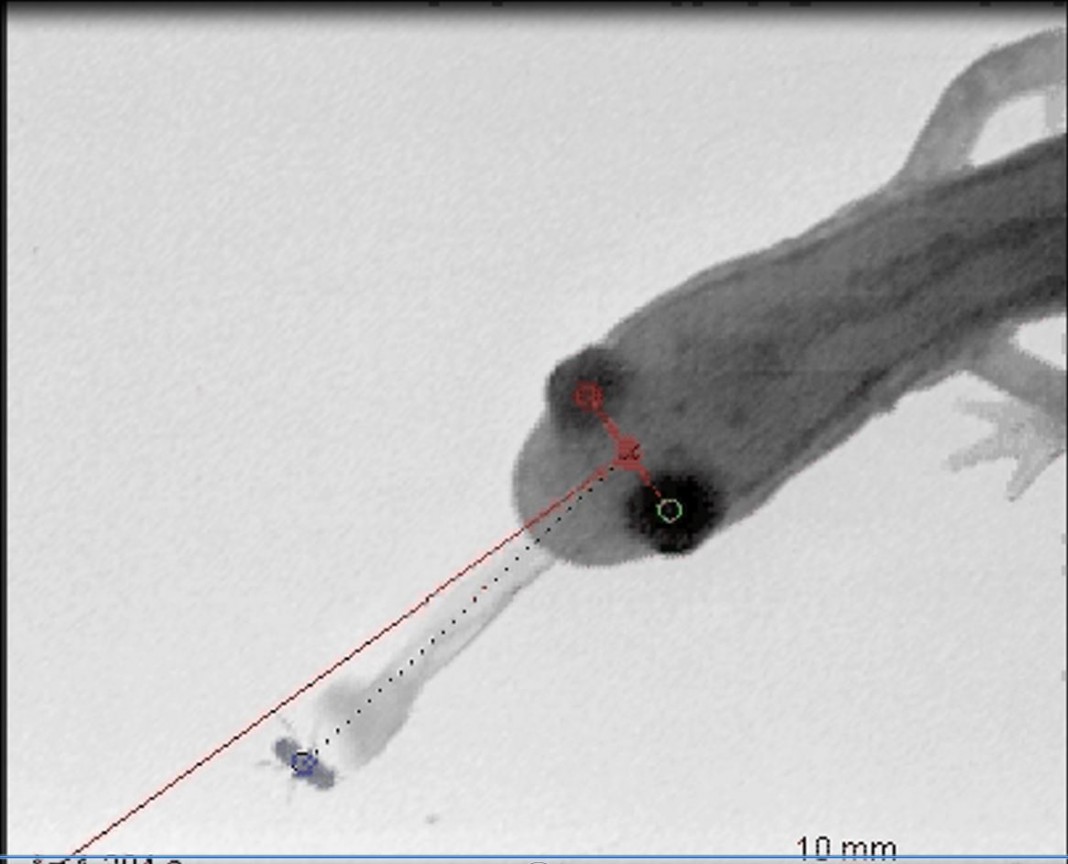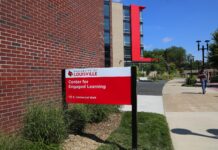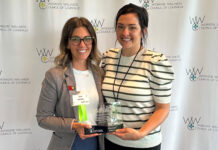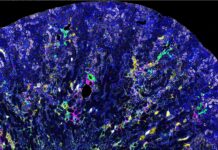
UofL researcher shows how amphibians use prediction to compensate for sensorimotor delays to connect with moving prey
LOUISVILLE, Ky. – If a baseball player waits until he sees the ball arrive in front of him to swing his bat, he will miss miserably. By the time the batter sees the ball’s position, plans his swing and moves the bat, the ball will be firmly in the catcher’s mitt.
This time lag is known as sensorimotor delay. University of Louisville researcher Bart Borghuis, Ph.D., has increased our understanding of how people and animals deal with this delay in day-to-day interactions by analyzing the hunting skills of salamanders. His article, “The Role of Motion Extrapolation in Amphibian Prey Capture,” is published in today’s issue of The Journal of Neuroscience.
A skilled baseball player compensates for sensorimotor delay by predicting when the ball will cross the plate and starting his swing in time to meet it. Borghuis’ research reveals the salamander also predicts the future location of its prey as it catches moving fruit flies by projecting its long, sticky tongue.
The sensorimotor delay is caused by the time it takes for the visual image to be processed by the retina, time to plan the motor action and time to activate the motion. When a salamander hopes to catch a moving fly, in the time it takes to make the strike – about 230 milliseconds – the fly will have moved from the location it was in when the salamander launched its attack. If the salamander sends its tongue to the location where it sees the fly, by the time the tongue gets there, the fly will be gone. Despite this delay, salamanders are efficient hunters, catching their prey more than 90 percent of the time in Borghuis’ experiments.
Why are salamanders so effective in their attacks?
Borghuis, assistant professor in the Department of Anatomical Sciences and Neurobiology at UofL, and Anthony Leonardo, Ph.D., of the Howard Hughes Medical Institute, used high speed videography to capture 270 instances of salamanders striking at flies. Through analysis of the videos, Borghuis developed an algorithm that predicted where the salamander’s tongue would strike based on the fly’s path.
The algorithm mimics the salamanders’ process using extrapolation to anticipate the prey’s position in the future based on its bearing and velocity. The salamanders’ tongue strikes were consistent with the algorithm, and were consistently successful – unless the fly changed course between the time the salamander initiated the attack and the time of the actual strike.
In successful strikes, the salamander caught the fly by sending its tongue tip to the position where the fly was when the tongue arrived. When the salamanders missed, the salamander’s tongue struck the location where the fly would have been had it continued on the same path it had been following. However, in these cases, the fly had changed direction after the salamander launched its attack.
“The misses confirmed the model,” Borghuis said. “This is the first demonstration that the salamanders were making a prediction.”
The tongue struck where the fly never had been, yet would have been had the fly continued its previous course of motion. Thus the salamander was predicting where the fly would be at the time the tongue reached it based on the fly’s direction and speed.
“This information adds to a small set of clear examples of how vertebrates – including humans – use prediction for dealing with delays in motor processing,” Borghuis said. “Now that we know how the salamander does this, we can further investigate the neuromechanisms that make this happen.”
###




























